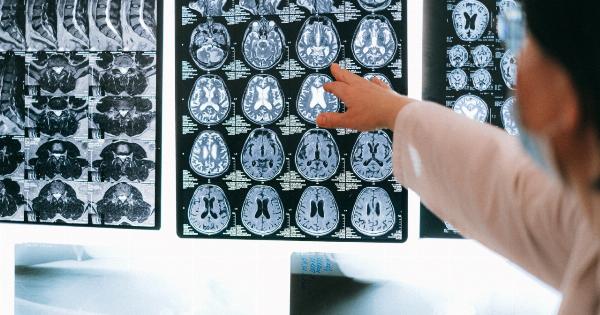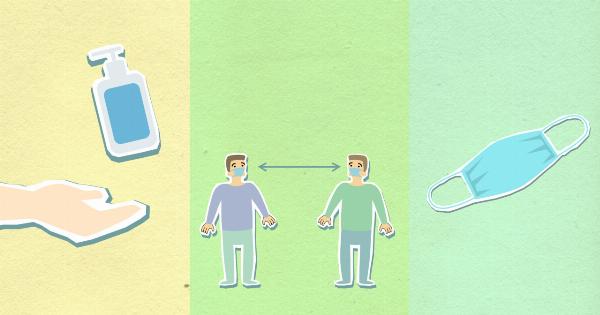Tremors refer to involuntary rhythmic movements of the body, usually involving alternate contractions of opposing muscles.
Though tremors are mostly associated with Parkinson’s disease, there are over 20 different types of tremors, each with its unique set of symptoms and causes. Understandably, confusing one type of tremor for another can delay the onset of correct treatment, making it crucial for individuals to learn as much as they can about tremors.
In this article, we’ll discuss some of the most common types of tremors and what sets them apart.
1. Parkinsonian tremors
Parkinsonian tremors are the most widely recognized forms of tremors, occurring in about 70% of people with Parkinson’s disease.
They usually manifest as a slow and rhythmic shaking of the hands while at rest or relaxed, spreading to the legs and later to other parts of the body as the condition advances. Affected individuals may also experience stiffness, slowness of movement, and balance impairment as the tremors advance. Parkinsonian tremors are caused by the degeneration of dopamine-producing neurons in the brain’s basal ganglia.
2. Essential tremors
Essential tremors are the most common type of tremor, affecting about 4% of the world’s population and around 50% above the age of 65.
They usually manifest as rapid, rhythmic shaking of the hands, head, larynx, jaw, or other body parts, either when in motion or at rest. Unlike Parkinsonian tremors, essential tremors usually occur in both sides of the body and often worsen when the affected individual is under stress or attempting a precise movement. The cause of essential tremors is mostly genetic.
3. Orthostatic tremors
Orthostatic tremors usually affect older individuals and are characterized by rapid muscle contractions that result in an unsteady gait or shaking of the legs when standing.
They tend to decrease when sitting or lying down, and individuals describing the sensations may compare it to vibrations. The exact cause of orthostatic tremors is unknown.
4. Dystonic tremors
Dystonic tremors are most commonly caused by dystonia, a neurological disorder that causes abnormal contractions of the muscles, usually in the arms or the head and neck, resulting in awkward posturing or repetitive movement.
Dystonic tremors are often triggered by attempting movement or maintaining a particular body posture.
5. Cerebellar tremors
Cerebellar tremors are caused by damage to the cerebellum, the portion of the brain responsible for coordinating voluntary movement.
This type of tremor usually affects a person’s arms and hands and becomes more pronounced upon reaching for an object or attempting to write. Cerebellar tremors can also cause unsteadiness and gait impairment.
6. Psychogenic tremors
Psychogenic tremors are caused by anxiety and other mental health conditions such as post-traumatic stress disorder (PTSD), depression, or conversion disorder.
These tremors are usually unpredictable and similar to those experienced due to essential tremors, except they might come and go without any pattern.
7. Drug-induced tremors
Drug-induced tremors result from the side effects of certain medications, such as asthma drugs, anti-seizure drugs, and lithium. These tremors can involve various parts of the body, including the head, hands, and voice.
Often, the tremors will disappear when the medication is no longer taken.
8. Physiologic tremors
Physiologic tremors are a common part of everyday life and usually occur as a result of fatigue, anxiety, or low blood sugar. These tremors are usually temporary, do not require treatment, and do not pose a threat to an individual’s health.
9. Rubral Tremors
Rubral Tremors are rare forms of tremors that are associated with damage in the brainstem. The tremors can affect any part of the body, including the voice, face, arms, and trunk. They usually get worse with movement and diminish at rest.
10. Wilson’s Disease tremors
Wilson’s Disease is a hereditary condition that results in the accumulation of copper in the body, leading to liver and brain damage. One of the common symptoms of Wilson’s Disease is tremors, which is usually one of the first signs of the condition.
The tremors are usually more prevalent in the upper body and can sometimes resemble Parkinson’s Disease tremors.
As with any medical condition, seeing a doctor for proper diagnosis and treatment is vital. Although tremors may merely seem like a nuisance, they may significantly affect a person’s life quality.
Treatment options for tremors can range from medications, deep brain stimulation, or lifestyle changes such as avoiding certain stimuli that may trigger the tremors. Understanding the different types of tremors and their unique characteristics can help individuals identify the right treatment options and improve their lives.































